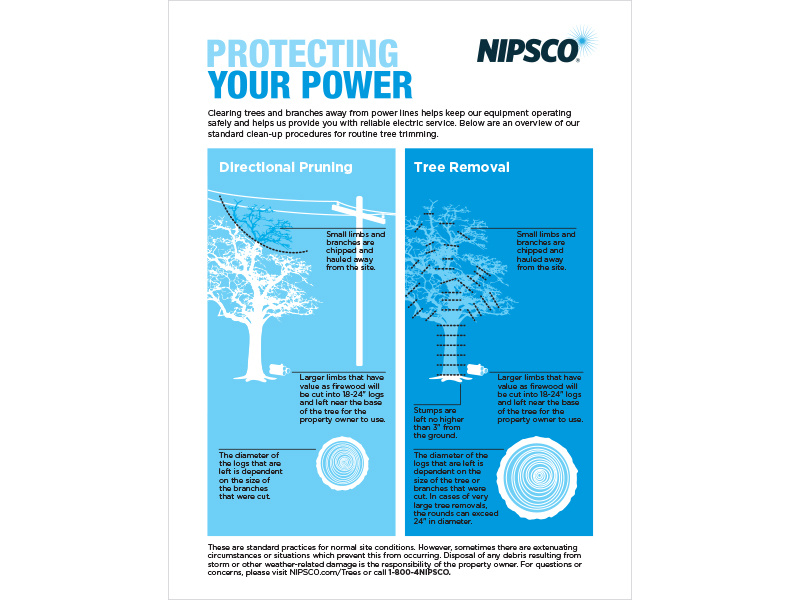Tree Conservation: Indications That Indicate The Need For Removal
Tree Conservation: Indications That Indicate The Need For Removal
Blog Article
Short Article By-Damm Goldman
If you've ever questioned the fate of the trees on your residential property, comprehending when it's time for removal is important. However just how do you determine if a tree can be saved or if elimination is the only alternative? By seeking details indications and reviewing security risks, you can make informed decisions that benefit both your landscape and your surroundings. Allow's check out the key aspects that enter play when deciding the fate of a tree and just how you can make certain the most effective result for your eco-friendly companions.
Signs of Tree Decline
If you discover any of the complying with signs of tree decrease in your backyard, it might be time to consider tree elimination.
One common indication is dead or worn out branches, which can indicate underlying issues impacting the tree's health and wellness. Look out for stained or wilted fallen leaves that continue despite having correct treatment, as this could be an indicator of disease or pests.
An additional warning signal is too much leaning or a recognizable change in the tree's base, which may recommend origin problems or structural instability. Keep an eye out for fungal development on the trunk or origins, as this can suggest rot and compromise the tree's security.
In addition, if you observe big fractures in the trunk or major arm or legs, it's vital to resolve these concerns quickly to prevent prospective dangers. Resolving these indicators of tree decrease quickly can help keep the safety and security and aesthetics of your backyard setting.
Safety and security Worries
To make sure the wellness of your home and those around you, prioritizing safety and security problems related to trees is critical. Trees can present various safety and security threats otherwise correctly maintained. Dead or decaying branches may fall all of a sudden, jeopardizing people or harmful structures.
Leaning Read the Full Article can additionally be hazardous, especially if they're leaning towards a building or high-voltage line. Additionally, trees with extensive root systems near foundations or underground energies can trigger substantial damage with time.
It's critical to consistently examine your trees for any kind of indications of potential risk. Keep an eye out for splits in the trunk, big dental caries, or signs of disease and degeneration. If https://retirementandpensionlovel42319.blog-gold.com/41514408/the-relevance-of-getting-rid-of-trees-in-landscape-design-and-restoration see any one of these issues, it's best to talk to a professional arborist to assess the circumstance and determine the required course of action.
Taking aggressive steps to attend to safety and security issues promptly can avoid crashes and property damages in the future. Remember, the safety and security of your home and those around you should constantly be the leading priority when it pertains to tree maintenance.
Consulting an Arborist
When considering the health and wellness of your trees, seeking advice from an arborist is a crucial step. Arborists are trained professionals who focus on the treatment and upkeep of trees. They can assess the general health of your trees, determine any kind of problems such as conditions or architectural troubles, and supply experienced referrals on the most effective course of action.
By consulting an arborist, you can get useful understandings right into the problem of your trees and determine whether removal is essential. Arborists have the expertise and experience to review the threats related to keeping a tree versus removing it. They can likewise provide guidance on alternative options, such as trimming, cabling, or supporting, to aid maintain the tree whenever feasible.
In addition, arborists can aid you navigate any kind of regional laws or permits that may be required for tree elimination. Their competence can guarantee that the process is accomplished securely and in conformity with any type of relevant regulations.
Conclusion
To conclude, when establishing whether trees can be conserved or if removal is needed, it is necessary to consider signs of decrease and security worries. Consulting an arborist for an extensive assessment is important in making the most effective choice for the tree's health and wellness and potential hazards. Keep in mind, positive care and prompt activity can assist protect trees and avoid crashes.
